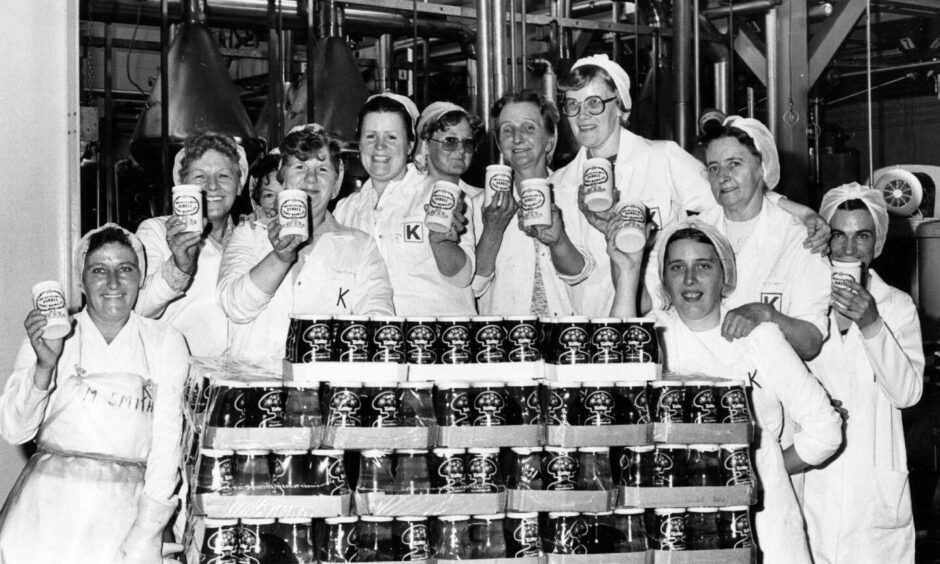
Keiller’s famous factory conjured up mouth-watering aromas and sent orange marmalade and the Dundee name around the world.
Marmalade was just one of their many product lines and James Keiller & Son Ltd was at one time the biggest and most successful general confectionery business of the age.
The Keiller Factory at Maryfield produced preserves, boiled sweets, butterscotch, Humbugs, fruit chews, Cherry Lips, Midget Gems and Hacks before closing in 1992.
The Keiller’s story begins in 1797 when confectioner James Keiller started to experiment with oranges and boiled them up with sugar to create a tasty spread.
It was so popular that he soon had almost a monopoly on it.
For the first half of the 19th Century their brand of Dundee marmalade, available affordably to the working classes, was the forerunner of today’s best-selling brands.
In support of their Dundee facility, and in response to high sugar taxes, Keiller’s also spent 22 years from 1857 producing their famous product on the island of Guernsey.
Keiller’s Dundee operation made a profit of £25,251 and their Guernsey branch £9,898 during 1872-73 and the total was £40,831 with added interest.
During the same year, Rowntree’s of York made an annual net profit of £147 and, for the 1870s as a whole, their profits totalled only £372.
Keiller’s was streets ahead of Cadburys too.
Operations in Guernsey were replaced in 1879 with a factory on reclaimed Riverside land in London which burned down in 1899 and caused £100,000 of damage.
The next year the Dundee factory at Albert Square was reduced to ashes.
An almighty inferno – ignited by an exploding fridge – ripped through Keiller’s premises, causing the equivalent of £10 million of damage in today’s money, and throwing 600 people out of work.
A report in The Courier at the time described the spectacle as “awe-inspiring”, with “tongues of fire belching forth to the height of 100 feet”.
A German subsidiary was established in 1906 in Tangermünde, near the sugar beet growing fields, and company assets were valued at £443,000 by 1908.
However, in 1928, Keiller moved part, and later all, of its production to a wedge of land on Mains Loan, where it produced Keiller’s famous marmalade and confectionery including boiled sweets and butterscotch.
It also gained a licence to produce Swiss favourite Toblerone in the UK from 1932.
Operations eventually closed at the Albert Square factory and the site was demolished in 1978 to make way for the Keiller Centre in the heart of Dundee.
Brothers Ibrahim Okhai and Aziz Okhai came to Scotland in the 1960s from Malawi and acquired Keiller’s in 1981 after a number of other potential bidders had withdrawn.
Derek Shaw started out working as an odd-job boy for a sweet-making firm in his native Kent at the age of 12, eventually marrying the company owner’s daughter, Gloria.
His career continued with a move to London when he was 21, before moving on to the role of production director at Butterkist, and then to Dundee in 1981 to work for Keiller’s.
“Back in the 1980s, as works director, I was told by our export department we could boast that the company supplied all the world with marmalade and sweets, the exception being the Iron Curtain countries,” said Derek.
“Ibrahim Okhai, chairman of the company would tell everyone: ‘Go out and sell to the world – it’s a big place and there are people who want our products. All you have to do is find them’.
“Aziz and Ibrahim had another brother called Bashir who got on planes and disappeared, selling to all the previous customers around the world.
“Our packaging was changed for all sorts of languages and Keiller’s were printing packaging with several languages well before most companies even thought about it.”
It was a far cry from the hustle of the stalls at Gravesend Borough Market where he learned his trade in the 1950s under Joe Bindler and worked for Margerum’s.
“They were well-known in the area for making boiled sweets, coconut candies, chocolate clusters and a load of other products,” said Derek.
“We would make sweets Monday to Wednesday, on Thursday and Friday we would prepare for the markets, then we would sell sweets at the weekend.
“I remember as a young lad we used to get Keiller’s rejects for the market stall.
“It was terrific – I loved it.”
So how did he end up arriving in Dundee in 1981?
“I was production manager for Crusader Confectionery before moving on to the role of production director at Butterkist,” he said.
“The Okhai family bought Keiller’s and they were really keen to talk to me because they were looking for somebody to move up to Scotland to run the factory.
“I knew all about Keiller’s and I said I would come up and have a look at the operation but at that stage I was more interested in helping Ibrahim and Aziz than taking a job.”
Derek agreed to move to Dundee with the backing of his family and the Okhai family invested £11m in the Mains Loan factory, which was employing 150 staff at the time.
“One thing the Okhai family did was bring back making jam,” said Derek.
“We made some of the finest jams from local strawberries and raspberries and that’s how fruit growing in the area originally started back in the 1980s.
“I enjoyed going to work every day at Keiller’s and the people accepted me because they knew I came from the shop floor and that made a big difference.”
Derek has also become known as the man who saved Keiller’s history!
“When I first arrived I inspected everything and every area in the factory including opening up a locked room downstairs which contained Keiller’s archives,” he said.
“Eventually I contacted Dundee City Archives and they offered to catalogue everything, which included James Keiller’s death certificate and the bill for his funeral!”
Princess Diana visited in 1983
The firm was favoured by the royal family, who visited the Mains Loan factory – including Princess Diana in 1983 when she won the hearts of the people of Dundee.
With the populist touch for which she became renowned, she insisted on breaking from the official programme to stage an impromptu walk-about outside the factory gates.
As a result, she made the crowd’s day but over-ran her schedule by almost 20 minutes.
Derek said there was a marksman positioned on the roof following a phone threat from the Scottish National Liberation Army (SNLA) that was being taken seriously.
“She was surrounded by barrels of pulp so nobody could rush her,” said Derek.
“But the thing that was special was how she talked with people on the factory floor because she had a genuine interest and it was a wonderful visit.
“I kept the overalls she wore and was heartbroken when she died in 1997.”
Liverpool-based Barker & Dobson acquired Keiller’s in 1988 and production of jam and marmalade moved to Manchester following the takeover.
Derek decided to move into his own factory, Shaw’s, in 1989 in Wester Gourdie Industrial Estate and it began to attract thousands of tourists each season.
The company expanded and diversified, but with a focus always on sweet and fudge making using traditional ingredients and methods.
Keiller’s factory closed in 1992
Despite employing nearly 900 people during the 1950s, the Keiller factory’s final owners – Alma Holdings – went bust in March 1992 before the plant was sold off.
Shaw’s relocated to larger premises in the former Keiller factory’s bakery and saw peaks and troughs over 13 years before the company wound down and closed in 2002.
The man known as Dundee’s Willy Wonka lives on the outskirts of the city and remains busier than ever as an in-demand consultant to the worldwide confectionary trade.
Keiller’s was demolished in 2018 following a spate of vandal attacks and fires.
He said: “When I left Keiller’s I honestly thought the factory was good for at least 10 years before it needed any big investment.
“It was heartbreaking to watch its decline and eventual closure.
“You think about all the people who used to work there and the history of the business.
“I have wonderful memories of my time at Keiller’s.
“It retains a special place in my heart.”
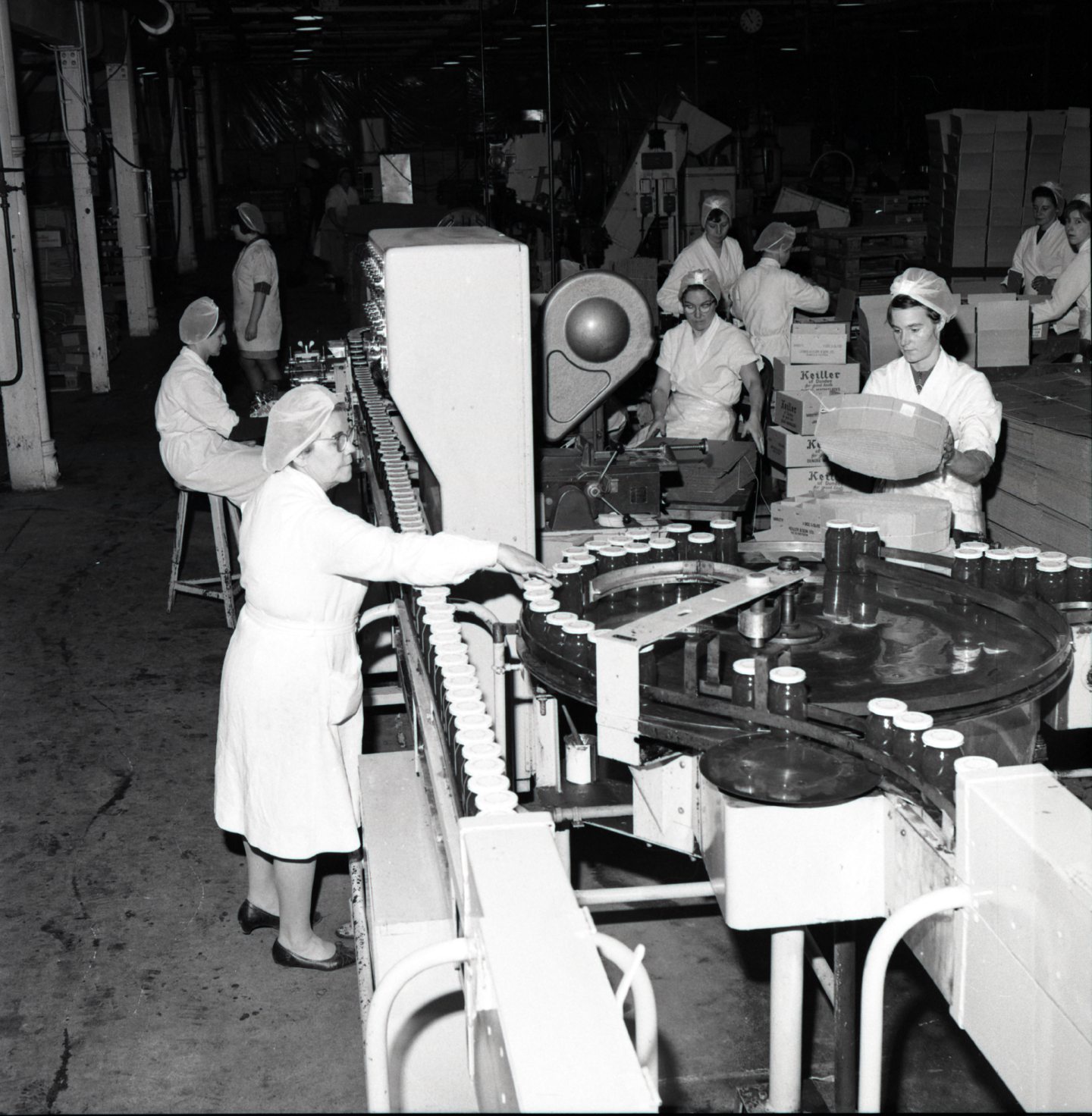
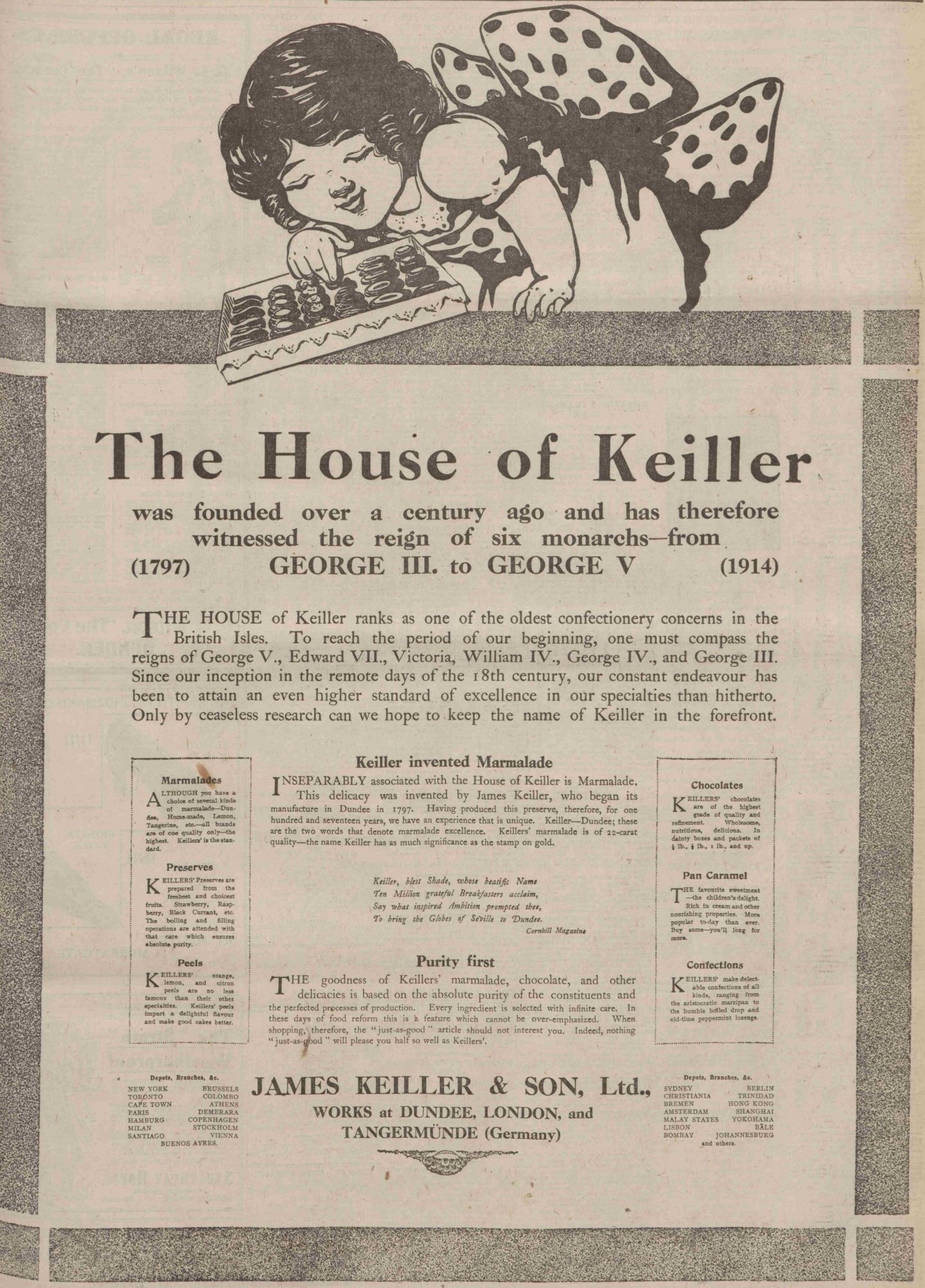
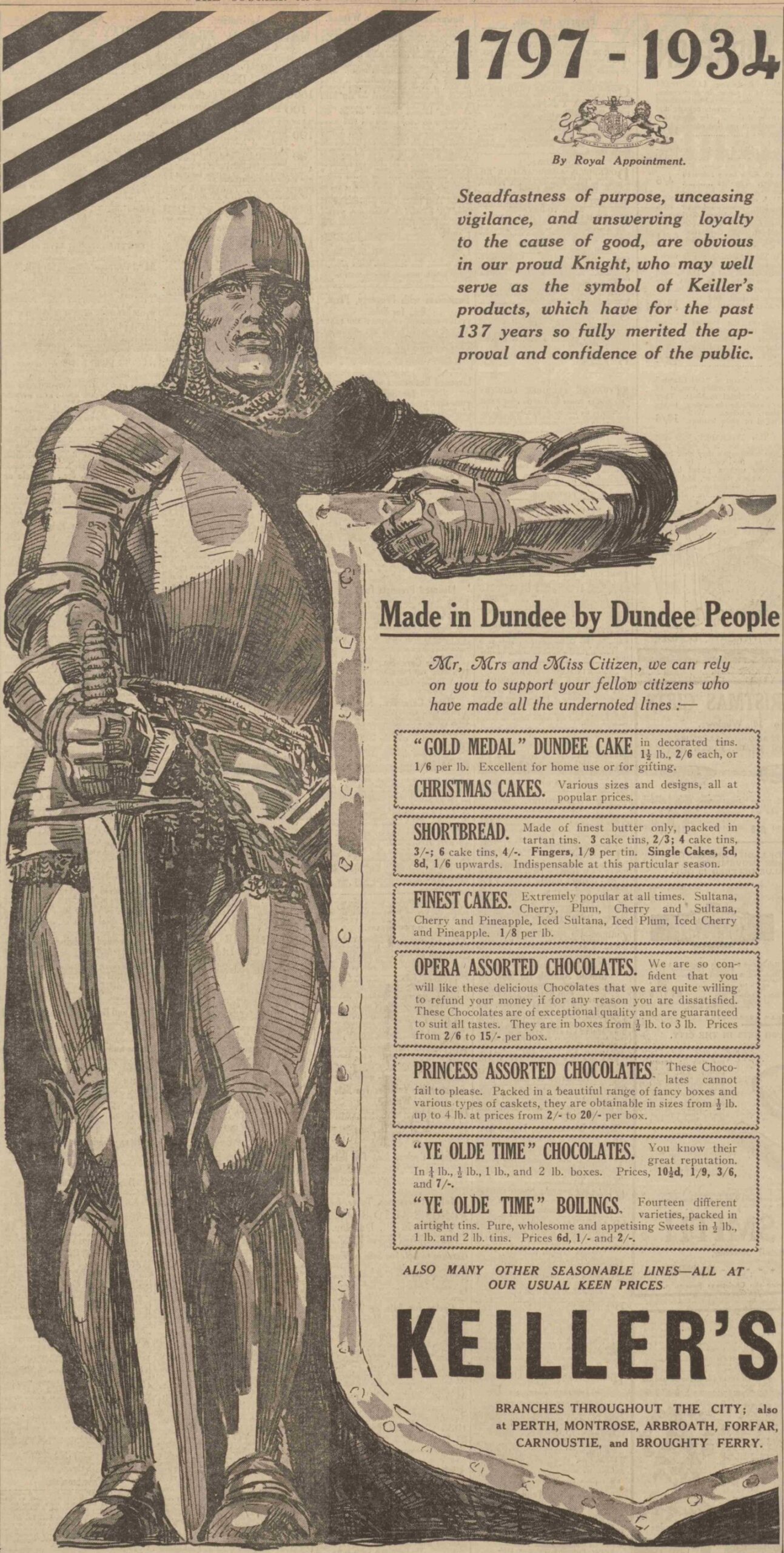
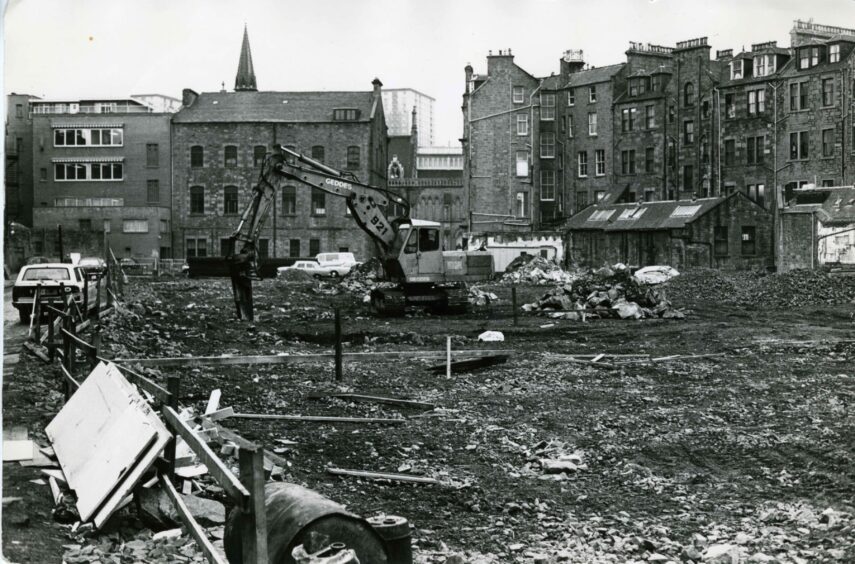
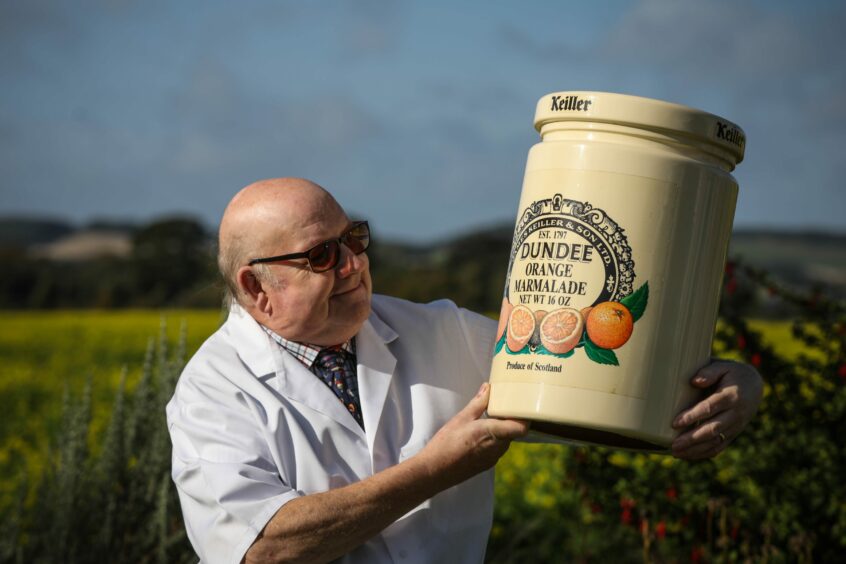
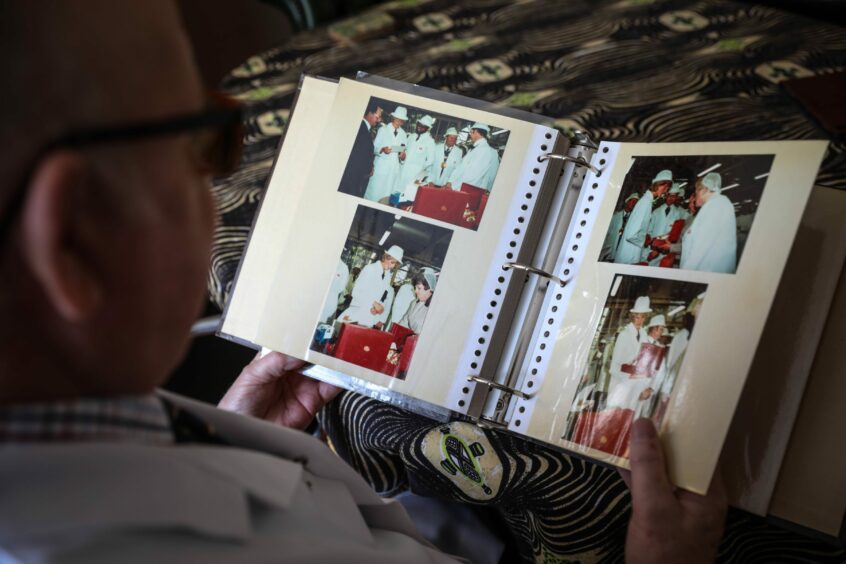
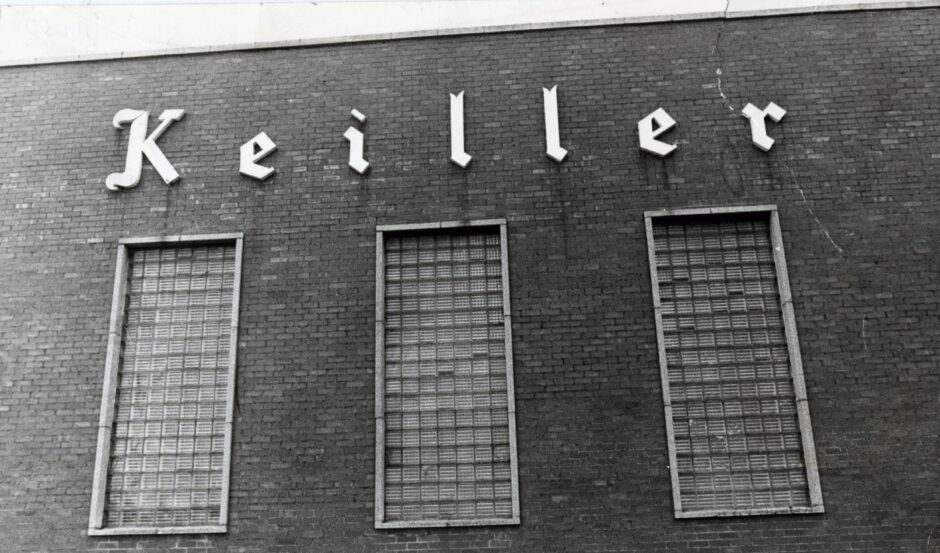
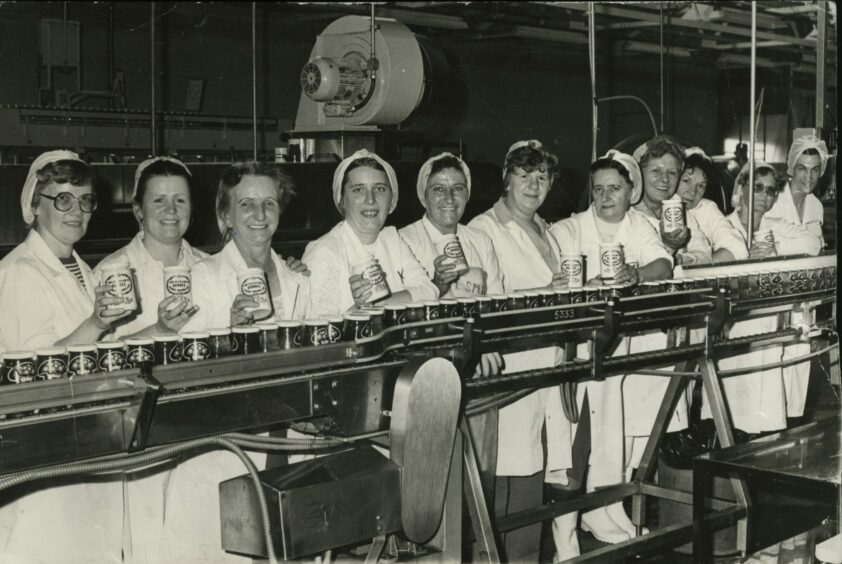
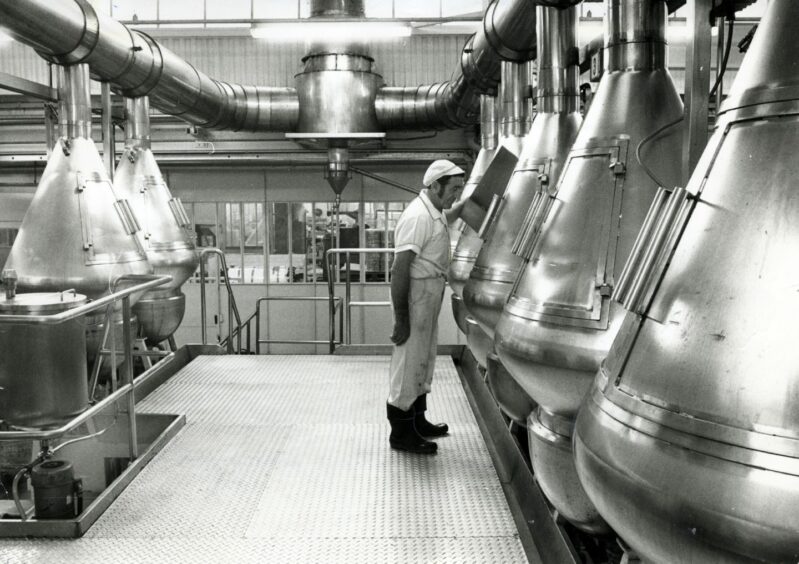
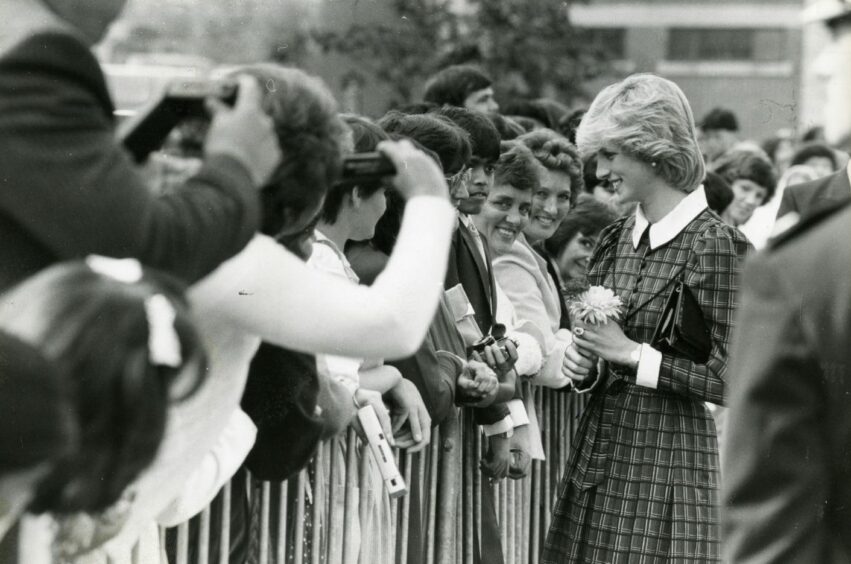
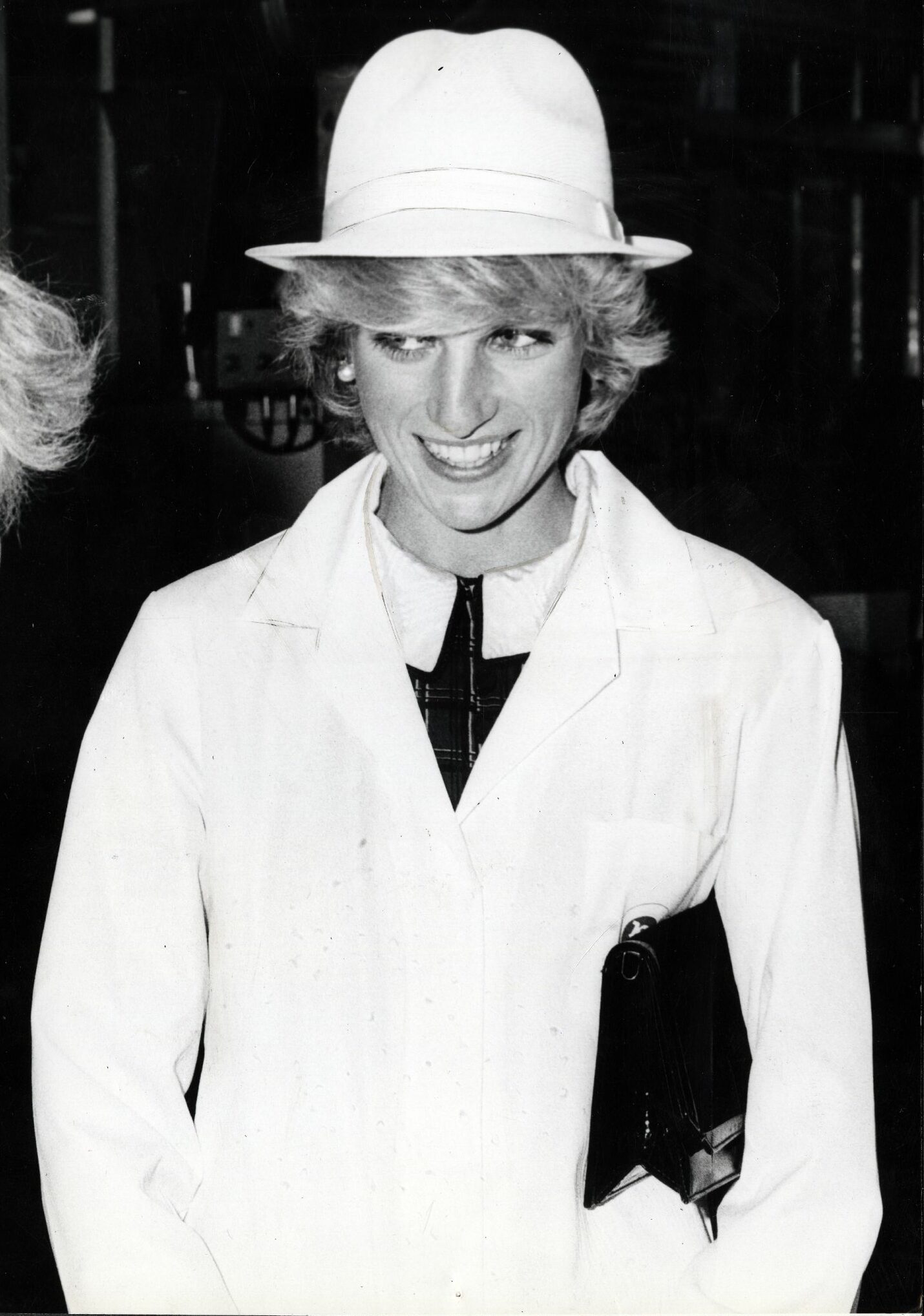
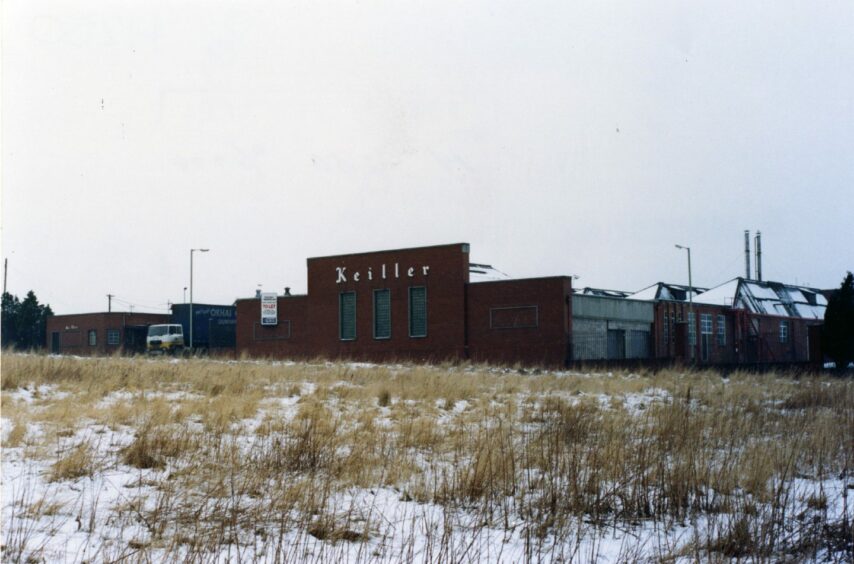










Conversation